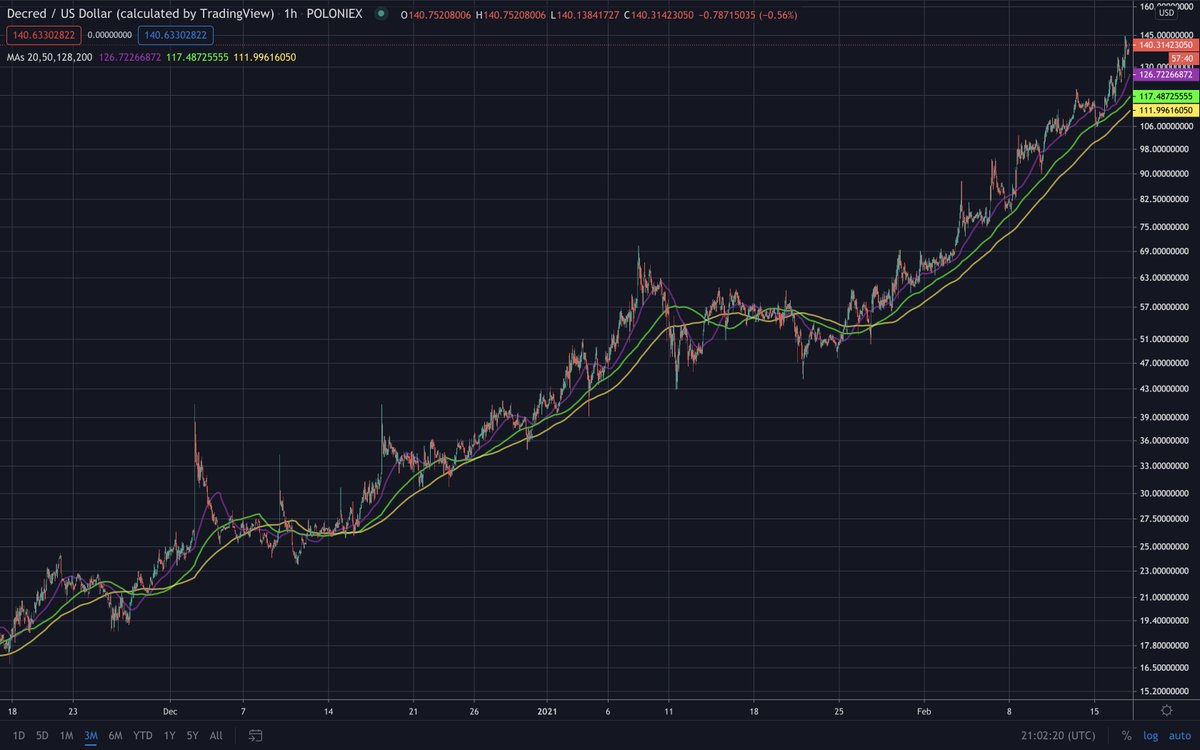
For crypto, an original sin we regularly observe is insiders owning too much of systems that are marketed as public, egalitarian networks.
placeholder.vc/blog/2021/4/1/…
placeholder.vc/blog/2021/4/1/…
While “fair distribution” is a normative judgment, it flows from what we see as a consensus belief within crypto: creating level playing-fields where everyone has a chance at financial sovereignty.
If a small group of insiders regularly take ~half of the fully-diluted upside (which is common), we’re seriously kneecapping the redistributive effects of this technology in order to make a handful of people obscenely rich.
For @placeholdervc, the range of what we see as viable today and that would help society move forward into more equitable lands, is outsiders getting 2-4x of insiders.
To hit this goal, insiders are allocated 20-33% of a network fully-diluted to get it off the ground.
The permissionless public then receives 67-80% of the initially distributed supply.
The permissionless public then receives 67-80% of the initially distributed supply.
As an entrepreneur, the important thing to remember is that you get to decide what you think is the fairest distribution of the network you're creating, and then find investors who match those values.
• • •
Missing some Tweet in this thread? You can try to
force a refresh



